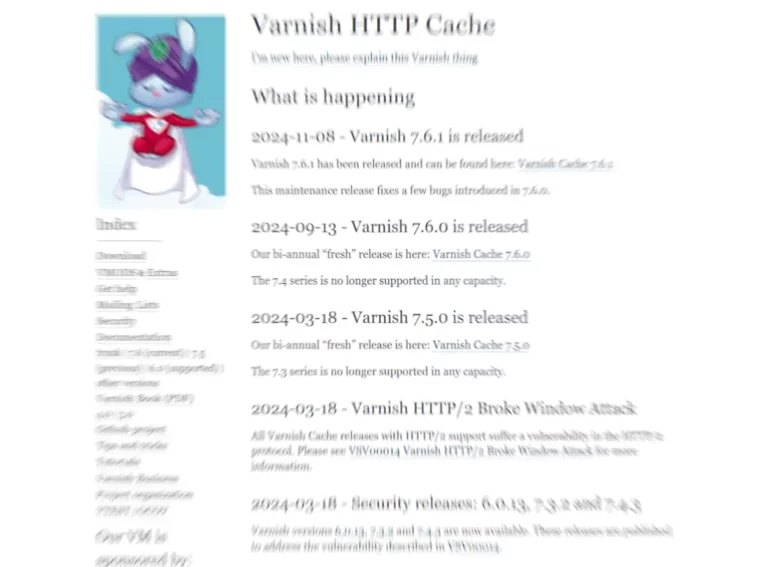- Data Representation and Organization: Structs in Shopware 6 are used to represent and organize data in a structured manner. They are similar to classes in object-oriented programming, but with a more focused role in data management.
- Modeling Complex Data Structures: Structs allow developers to model complex data structures that are common in e-commerce platforms, like product details, customer information, and order data. This structuring makes it easier to manage and manipulate these data sets within the Shopware environment.
- Type Safety and Validation: By using structs, Shopware 6 ensures type safety. This means that the data is consistently handled in the expected format, reducing the risk of errors. Structs can also include validation logic to ensure data integrity.
- Ease of Use: Structs provide a convenient way for developers to handle data. They come with built-in methods for common operations like getting and setting data, which simplifies the code and makes it more readable.
- Extension and Customization: In the context of an extensible platform like Shopware 6, structs provide a means for developers to extend or customize the core functionality. Developers can create custom structs for their specific needs, enabling them to add new features or modify existing ones.
- Performance Optimization: Structs can also be optimized for performance. By structuring data in a way that aligns with how it’s accessed and manipulated, structs can help improve the efficiency of data operations within Shopware.
- Interoperability with Other Systems: When integrating with external systems, such as ERP or CRM software, structs provide a standardized way to format data, making it easier to ensure compatibility and streamline data exchange processes.
In summary, structs in Shopware 6 are a key component for handling complex data structures efficiently and reliably, providing a framework for type safety, data validation, and ease of development in the Shopware ecosystem.
Example: Creating a Custom Product Detail Struct
Let’s define a custom struct for product details:
<?php
use Shopware\Core\Framework\Struct\Struct;
class ProductDetailStruct extends Struct
{
/**
* @var string
*/
protected $productId;
/**
* @var string
*/
protected $description;
/**
* @var float
*/
protected $price;
public function getProductId(): string
{
return $this->productId;
}
public function setProductId(string $productId): void
{
$this->productId = $productId;
}
public function getDescription(): string
{
return $this->description;
}
public function setDescription(string $description): void
{
$this->description = $description;
}
public function getPrice(): float
{
return $this->price;
}
public function setPrice(float $price): void
{
$this->price = $price;
}
}
In this example, ProductDetailStruct extends the base Struct class from Shopware. It contains properties for a product’s ID, description, and price, along with getter and setter methods for each property.
Using the Custom Struct
Now, let’s see how to create an instance of this struct and use it:
$productDetail = new ProductDetailStruct();
$productDetail->setProductId('12345');
$productDetail->setDescription('This is a sample product');
$productDetail->setPrice(99.99);
echo 'Product ID: ' . $productDetail->getProductId() . "\n";
echo 'Description: ' . $productDetail->getDescription() . "\n";
echo 'Price: ' . $productDetail->getPrice() . "\n";
In this usage example, an instance of ProductDetailStruct is created, and its properties are set using the setter methods. Then, the values are retrieved using the getter methods and printed out.
Note:
- This is a basic example to illustrate the concept. In a real-world scenario, you might have more complex structures and logic within your structs.
- Ensure that your custom struct is placed in an appropriate namespace and directory within your Shopware project to maintain code organization and standards.

